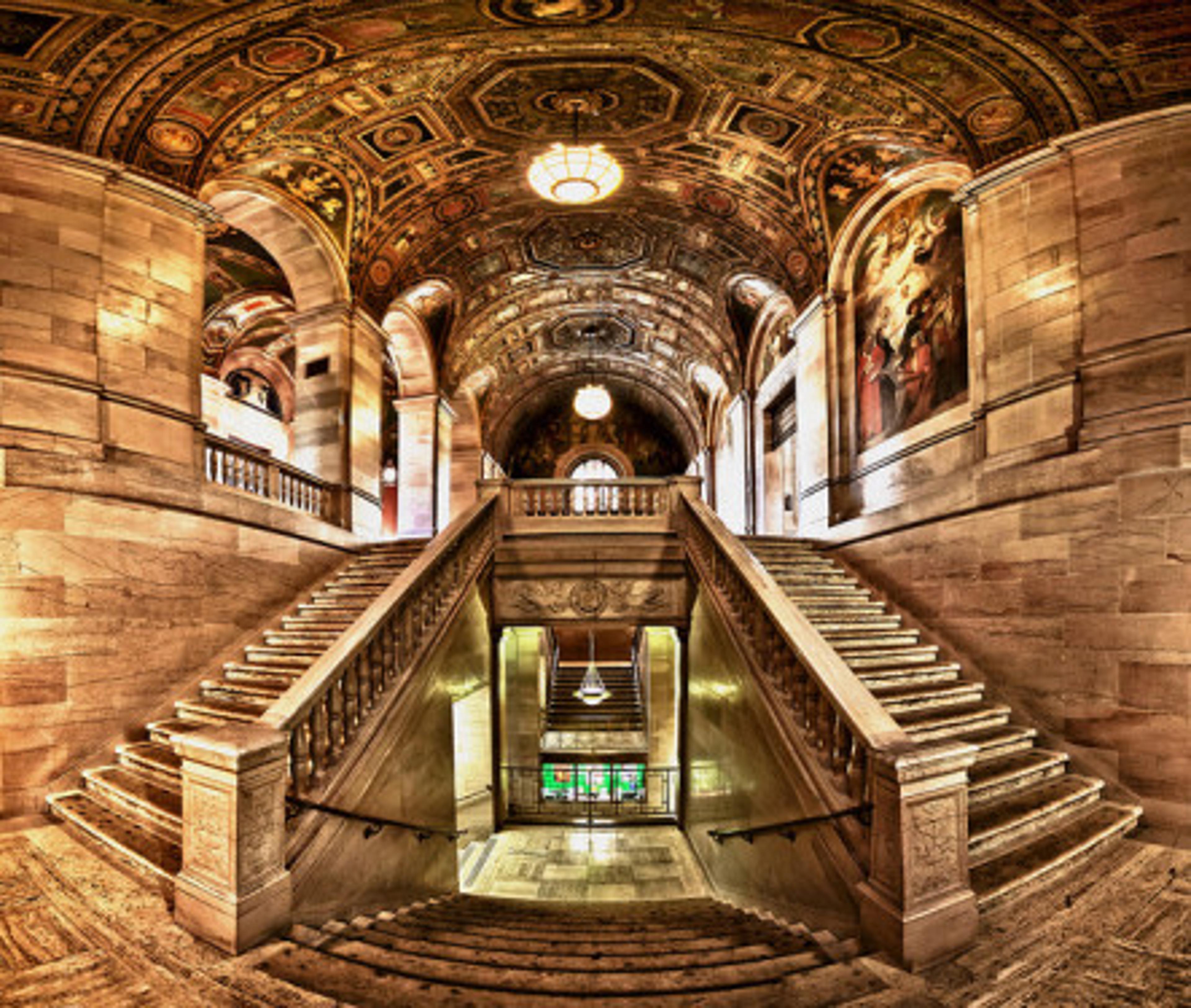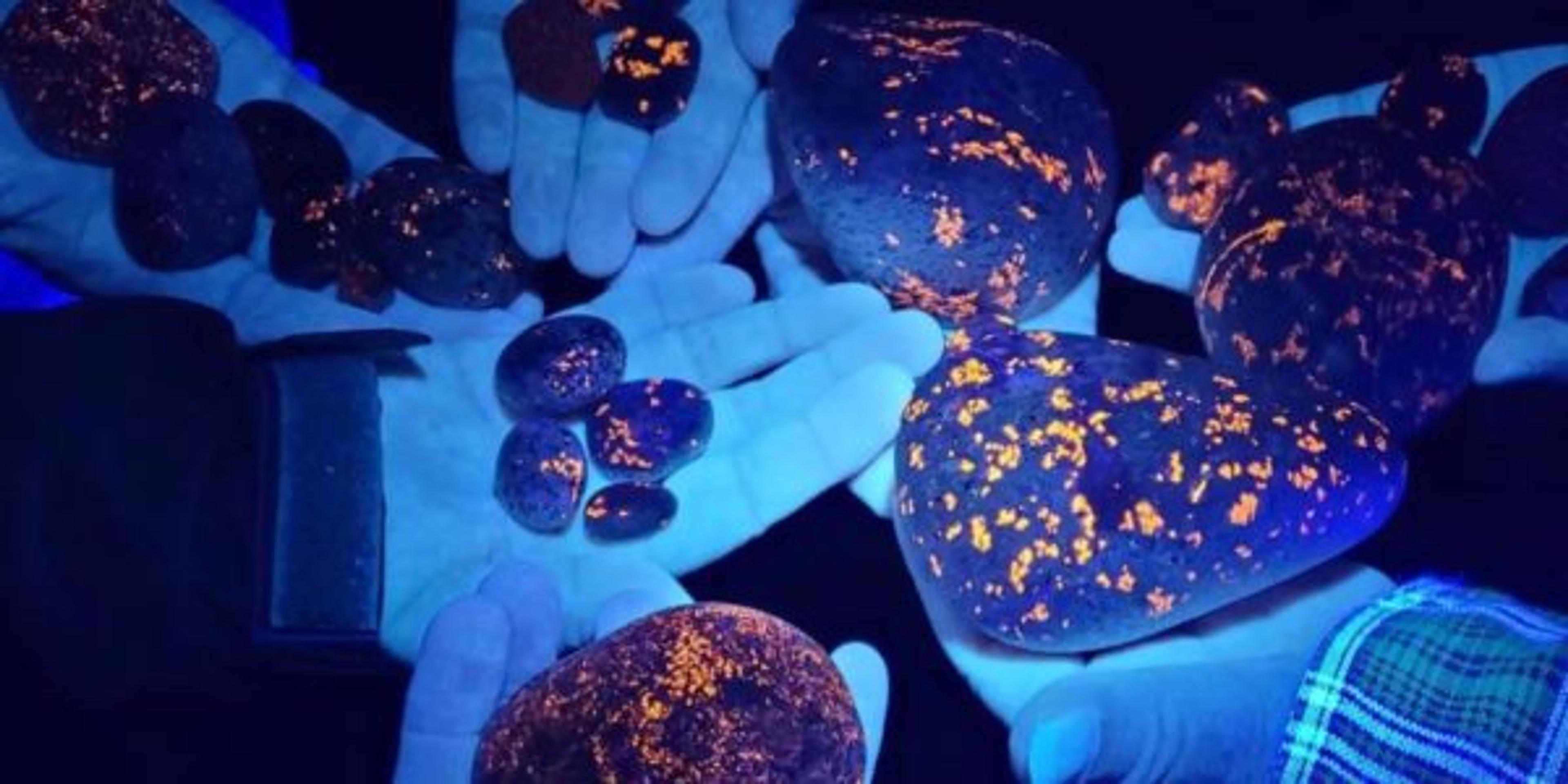ArtPrize 2014: Art Transforming Neighborhoods – a Discussion with Detroit’s Design 99

Julie Bitely
| 4 min read

For one Detroit couple, art and design have been powerful weapons in fighting the blight and despair that had taken over their Detroit neighborhood.
Architect Gina Reichert and artist Mitch Cope make up Design 99, originally founded in 2007 as a design studio with a retail component. They discussed their work in Detroit, as well as their 2012 ArtPrize entry, Displacement (13208 Klinger), which took home the $100,000 top juried award that year, during a recent Critical Discourse talk at the ArtPrize Hub.
The pair live, work, and collaborate with other like-minded artists in the Detroit neighborhood, just north of Hamtramck, known as No Ham.
In 2008, they purchased a foreclosed property they dubbed The Power House and went to work. They already lived in the neighborhood and imagined this new space as a catalyst and location for artists and the community to come together to spark revitalization.
The name Power House has dual meanings. It not only generates its own electricity using solar and wind power, but it also stands as a testament to the ideals of neighborhood collaboration and empowerment. Reichert and Cope were looking to find a way to take a vacant home and infuse it with value that transcended a dismal Detroit housing market.
They succeeded with The Power House, which generated intense interest from the art world, and neighbors alike. Cope said he was initially nervous about the construction noise bothering the neighbors. His fears were put to rest when a neighbor thanked him, with tears in his eyes, for doing something positive with the home. Apparently, the construction noise was a positive tradeoff for the former criminal activities taking place at the site, Cope said.
The Power House led to the formation of Power House Productions (PHP), a non-profit to raise funds for and manage similar projects in the neighborhood. Since then, many more homes and lots have been purchased in the neighborhood as part of the non-profit’s mission.
According to the PHP website, residents, artists, and creative networks “have created an unofficial neighborhood organization consisting of many projects. Some of these include alley garbage clean up, abandoned home board up, crime watches, bicycle maintenance for kids, impromptu photo studios, community gardening, neighborhood lighting, as well as self-initiated urban design projects.”

Gina Reichert and Mitch Cope of Detroit’s Design 99 talk to Kevin Buist, ArtPrize Director of Exhibitions, at a recent Critical Discourse event in Grand Rapids.
The problem of blight in the city is massive. A report issued by the Detroit Blight Removal Task Force earlier this year found that 30 percent of buildings are dilapidated, or close to it. The same percentage of properties in the city are vacant.
Cope said sometimes the problem seems too big with the number of homes, office buildings, and industrial sites that have simply been abandoned. The state of the properties and the common practice of dumping trash on abandoned sites can be overwhelming, leading to thought-provoking projects such as Clearing a Path to the Future: Garbage Totem No.1 and the winning 2012 ArtPrize entry, which featured the contents of an abandoned home.
“There’s all this stuff, everywhere,” Cope said. “You get really frustrated that there’s all this stuff that nobody cares about.”
While Cope and Reichert and the other artists they’ve rallied to Detroit can’t possibly take on all the blighted properties in the city, they say finding design solutions that turn negatives into positives, keep them moving forward. The positive conversations and dialogues they’ve started will hopefully spread and build out, infecting the city with positive artistic energy.
They’ve innovated with “sculpture security systems” as a more effective way to keep would-be thieves out of abandoned homes and their Ride It Sculpture Park, a community skate park, which filled a void for youth in the area.
“There was a definite need for activities for kids in the neighborhood,” Cope said.
To learn more about current projects Power House Productions is working on in Detroit, check out their website.
Photo credit: Jason Mrachina





